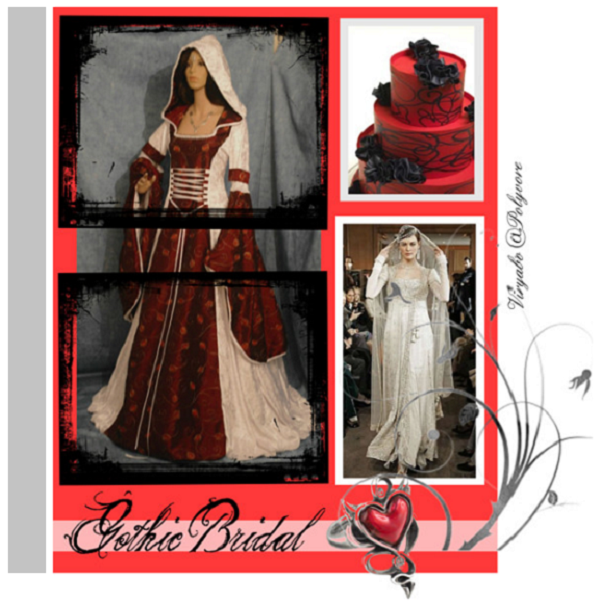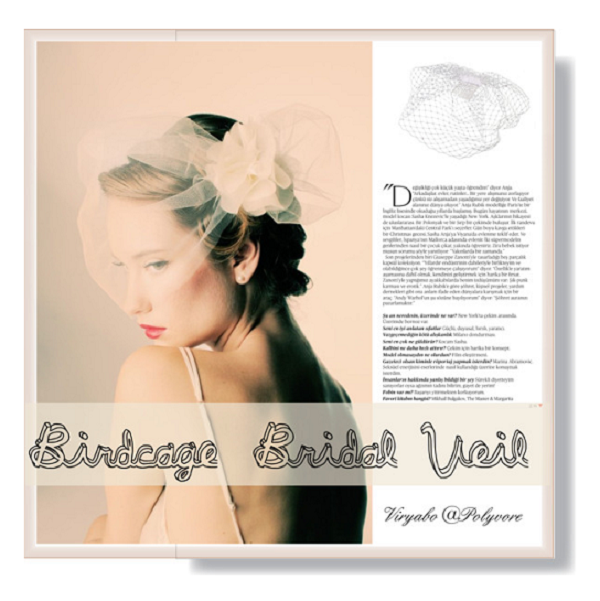The choice of veil fabrics for custom-made bridal headdresses need not be the usual. I attend weddings regularly and it has become tiring to see the usual veil choice many brides go for; the bridal illusion, made of 100% nylon.
Perhaps the price is appealing, understandably so, but you can choose something more dramatic, different, something vintage-inspired. A great way to blend traditional styles with modern ones.
Every bride wants to look different but going for the same-old-same type of veil fabrics to sew your custom veil has no aspect of allure, chic, or uniqueness.
Blending a style of the past with today’s style is a way to add appeal to your bridal ensemble. A mix will reflect a high sense of fashion and a look that will be the epitome of style.
5 Vintage-Inspired Bridal Veil Fabrics and Styles
It is a good idea to have your veil and headdress custom-made by a seamstress. If you are a DIY enthusiast, you can equally do a good job making one by yourself, but let’s find out about some unique vintage-style bridal veils and the wedding dress styles suitable for them. Vintage-inspired wedding veil styles include:
- Medieval
- Edwardian
- Cloche
- Birdcage
- Skullcap
1. Medieval Type Veil Fabrics
Also referred to as vampire veils, Gothic headdresses are dramatic medieval veils that were almost always black. A modern bride planning a medieval-themed wedding should probably have a two-colour veil, black and white, which can have an edging of black lace embroidery or satin-edge tape. The best fabrics to make the Gothic-style wedding veil are beaded tulle, appliqued veil fabrics, Swiss dot, embroidered net, lace, and flower-crown veil materials.
Wedding gown styles that will look great with medieval-style bridal headpieces include velvet tight-bodice gowns with a full skirt, elaborate-sleeved mermaid dresses, and tightly laced corset dresses with A-line shaped skirts.
 2. Edwardian Net Veil Fabric
2. Edwardian Net Veil Fabric
English cotton net veils (English net) pre-date most modern veils and were quite popular during the Edwardian era. For most turn-of-the-century brides, the highly coveted silk wedding veils worn only by the wealthy and elite were too expensive. Choosing cotton net veils was still a good option, not only because they were affordable, but also because they draped like silk tulle. However, the fabric has more weight and body, and opaquer than silk tulle. Edwardian-style bridal veils were mostly square-cut and embellished with tambour floss embroidery.
All modern wedding dress styles will blend wonderfully with English cotton net veils. If, for instance, you choose to wear a white damask dress, you can buy some damask fabric to trim the veil, and if you’ll be wearing a silk dress, add some embellishments like pearls, sequins, or crystals on the new veil.
3. Cloche Wedding Veils and Headdresses
The history of wedding veils will be incomplete without mentioning cloche wedding veils. It was all about lace cloche headdresses in the ‘20s. They were made of silk tulle fabrics and were usually adorned with flowers and foliage that matched a bride’s bouquet. Some designs were pleated and starched and decorated with ribbons made from satin, embroidery floss, or trimmings with metallic gimp and flower blossoms at the ears. They fit snugly over the bride’s forehead and scalp while the veil fabric falls gracefully down the bride’s back.
Cloche bridal veils were just as dramatic as the flapper-style wedding dresses. If you plan a vintage-themed wedding, nothing speaks more vintage that a 1920s theme. If you wish to blend your modern-style wedding dress with a cloche-style veil, a body-fitting dress like the mermaid dress or trumpet gown. Avoid wearing it with a layered full-skirted wedding dress.

4. Birdcage Veils
Smaller veils came into fashion in the ‘40s. Because of the austere times, many brides were forced to get crafty with available fabrics and often improvised with their curtains and other home-based textile furnishings. This called for shorter-length veils, often waist, but mostly shoulder-length. It was a time when most brides-to-be just wore their best hat for their wedding day. By the ‘50s, in keeping with the simple economy of the period’s clothing, nylon net became the standard fabric used to sew wedding veils.
The airy and delicate fabric was considered to be the ultimate material to use for veils. At this time the bridal veil became quite small, sometimes covering only the eyes. They were often purely ornamental and were attached to a hat or secured to the bride’s hair with a comb.
 5. Skull Cap Veils
5. Skull Cap Veils
Tight-fitting skull cap veils emerged in the 1950s. These waist-length veils highlighted the feature of the tiny-waisted gowns of the period and those who could afford it wore skull caps with longer veils, with a train for an added dramatic effect. The style continued to be popular into the ‘60s when the hippie vibes brought about lengthy dramatic bridal veils with embellishments. They included lovely cotton-lace skullcaps and sweeping floor-length trailing veils. Juliet cap veils were also extremely popular as they complimented the short bob hairstyles of the times.
Waist-fitting wedding gowns work well with skull cap veils, whether shoulder, waist, or floor lengths.
21st Century Wedding Veil Fabrics
The modern bridal veil fabric is delicate and gauzy and obviously transparent, and virtually always ivory, or in shades of white, unlike wedding veils of a past era that were prized for their silk tulle construction. Modern veils are made from comparatively sturdier textiles mainly in cotton netting or nylon, with added pretty embellishments like rhinestones, pearls, sequins, or other ornamental appliqués.
Today’s brides now have a number of historical styles to draw from if they decide to have their own distinct style sewn. It is a chance to become more personalised than ever in their choice of headdresses.
It is fashionable to blend the past fashion style with today’s modern trend and this can be done successfully with bridal attire as well. Wearing a vintage-inspired bridal veil with a modern wedding dress or vice versa is a unique alternative for the modern bride to consider.
For a great vintage look, it’s good to keep a wedding dress simple and the veil elaborate. However, if the dress is very flamboyant, the bridal veil must be kept simple.
Further reading:
Antique Wedding Veils – Bridal Veil Styles of the 1800s to 1970s
Bridal Fabrics: Best Textiles to Make Custom Wedding Dresses and Veils